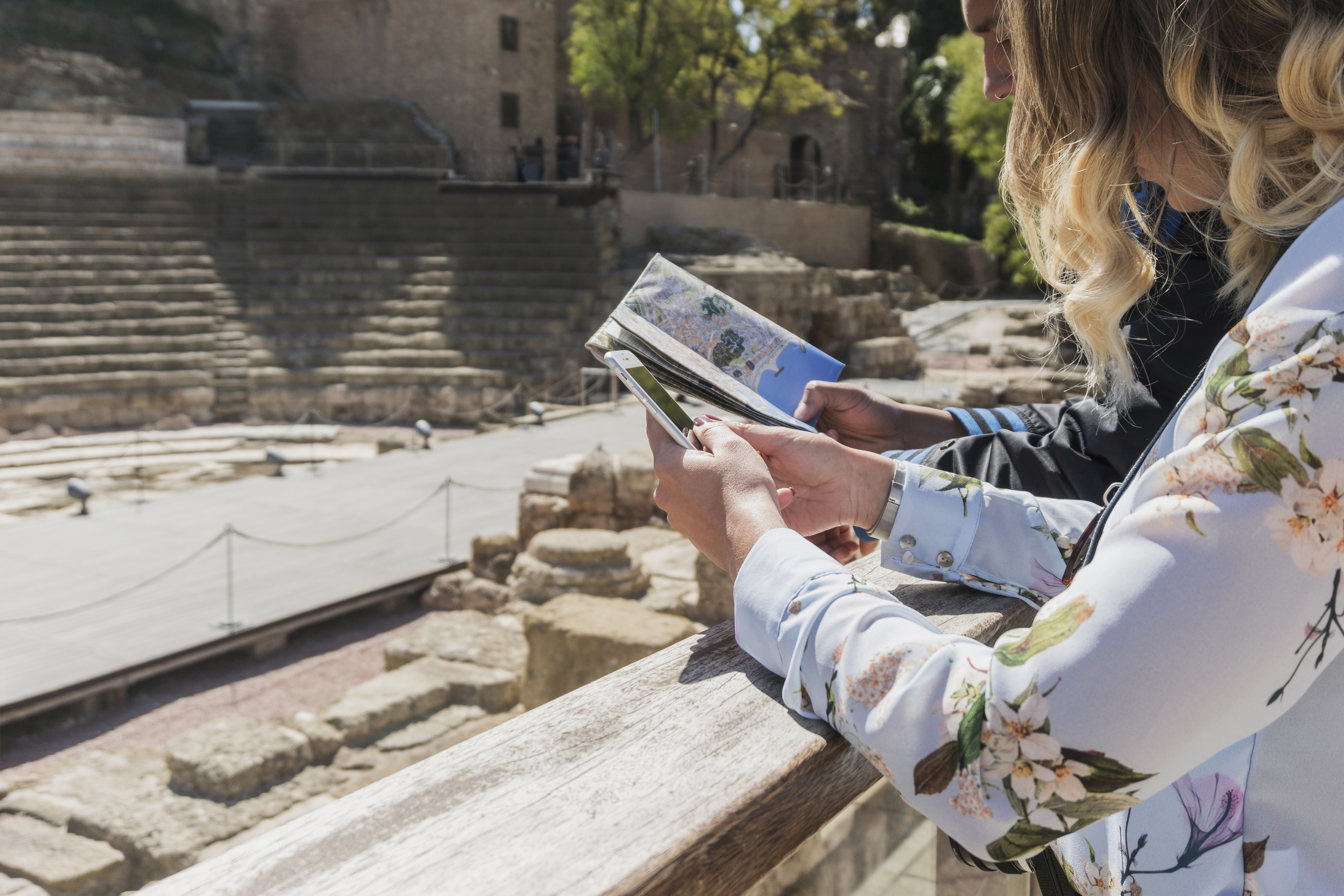How to Teach History Through Historical Monuments
In the age of digital media and interactive learning, educators are continually seeking innovative methods to engage students and enhance their understanding of history. One of the most powerful, yet underutilized, strategies for how to teach history, as promoted by educational platforms like WritePaper, is through the exploration of historical monuments. These structures serve not only as physical remnants of the past but also as gateways to immersive learning experiences, providing unique opportunities for students to connect with historical events and figures in a tangible way. This approach aligns with WritePaper's emphasis on experiential learning and contextual understanding in educational settings.

The Value of Historical Monuments in Education
Historical monuments provide tangible connections to events, cultures, and figures from the past, making them invaluable tools for how to teach history effectively. They act as three-dimensional textbooks, offering students a direct link to historical studies. Engaging with these monuments can evoke a deeper emotional response and a more comprehensive understanding of the historical context than traditional classroom settings or textbooks. This method of teaching history helps bridge the gap between past and present, allowing students to visually and physically experience the scale and significance of historical events in a way that fosters lasting learning. Websites like PreservationBenefitsColorado.com highlight the importance of maintaining these historical sites, underscoring their educational value and the role they play in enhancing historical education by preserving the integrity and accessibility of these cultural landmarks.
Choosing the Right Monuments
Selecting appropriate monuments is crucial in crafting an effective educational experience. Educators should consider the relevance of the monument to the curriculum, the accessibility of the site, and the available historical data that can be integrated into lesson plans. Moreover, collaboration with a research proposal writing service can be beneficial for educators looking to document and enhance these educational experiences through structured research projects. These services can help educators secure funding and institutional support, ensuring that their chosen monuments and teaching methods are not only effective but also well-supported and sustainable.
Relevance: The monument should directly relate to the topics covered in the curriculum. For example, visiting the Lincoln Memorial might be integral when discussing the American Civil War or civil rights movements.
Accessibility: Logistically, the monument should be accessible for visits or virtual tours. If physical visits are not feasible, virtual reality tours and online photo galleries can provide alternative ways to explore these sites.
Educational Resources: There should be ample educational material available about the monument. This includes historical documents, scholarly articles, and multimedia resources that can help students explore the site's history in depth.
Integrating Monuments into the Curriculum
The integration of historical monuments into the curriculum should be thoughtful and structured to maximize student engagement and learning outcomes.
Pre-Visit Preparation: Before visiting a monument, students should have a solid foundational knowledge of the relevant historical period. Classroom activities might include lectures, reading assignments, and discussions that set the historical scene.
Interactive Tours: While at the monument, interactive elements such as guided tours, scavenger hunts, and role-playing activities can help bring history to life. These activities encourage students to engage with the material in a hands-on manner.
Post-Visit Reflection: After the visit, students should be encouraged to reflect on their experience through discussions, essays, or presentations. This reflection helps consolidate their learning and allows them to express how the visit affected their understanding of the historical topics. Incorporating resources from the Colorado State Historical Fund can enrich these reflections by providing additional historical insights and context, enhancing students' comprehension and appreciation of the sites
Technology and Virtual Learning
In cases where physical access to historical monuments is limited, technology offers alternative ways to explore these sites, enhancing how to learn history even from a distance. Virtual reality (VR) tours, augmented reality (AR) apps, and detailed online databases can make these monuments accessible to students worldwide, democratizing history education. These technologies can simulate the experience of visiting the sites, complete with tour guides and interactive elements, allowing students to engage actively with history. This approach not only facilitates learning but also sparks curiosity and enhances understanding by bringing historical contexts to life in new and exciting ways. Furthermore, students and educators can benefit from collaboration with a research proposal writing service to document and share their innovative technological approaches to learning about history, thereby contributing to academic discussions and furthering the field.
Conclusion
Historical monuments are invaluable educational tools that provide students with a profound connection to the past, enhancing how to learn history through immersive experiences. By incorporating these sites into the history curriculum, educators can offer more dynamic, engaging, and effective learning experiences. As technology continues to evolve, the accessibility and educational potential of these monuments will only increase, opening up new possibilities for teaching and understanding history. This evolution allows students to explore historical contexts in novel ways, making history more accessible and appealing to a broader audience, and encouraging a deeper engagement with historical studies. Additionally, the collaboration with a research proposal writing service can be instrumental for educators and scholars aiming to secure funding or institutional support for projects focused on the technological integration in history education, further enhancing the scope and depth of historical learning.
